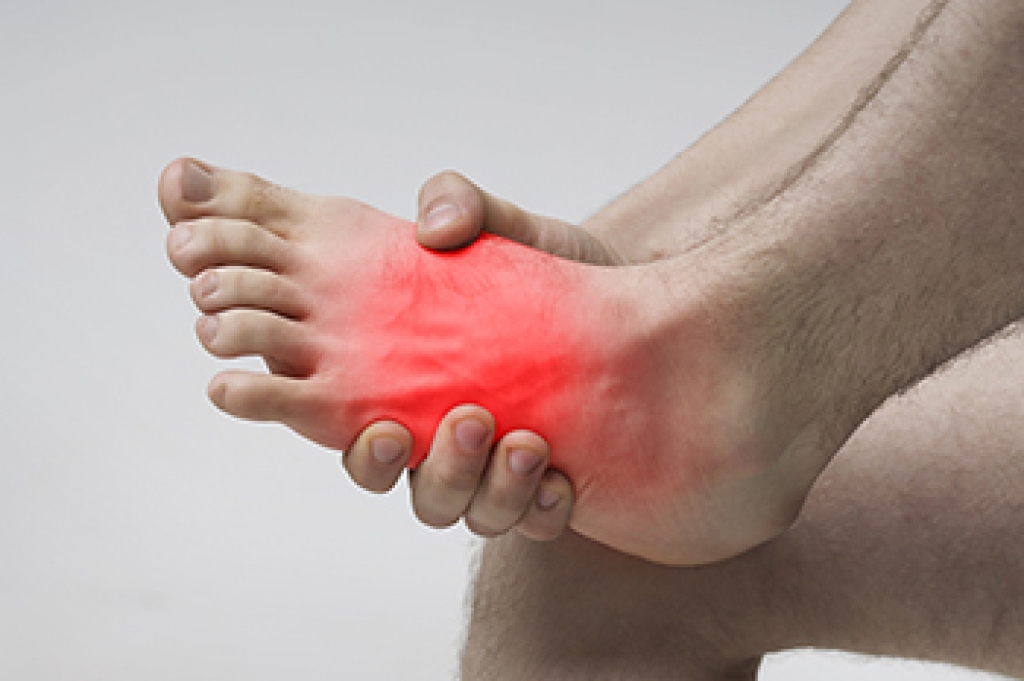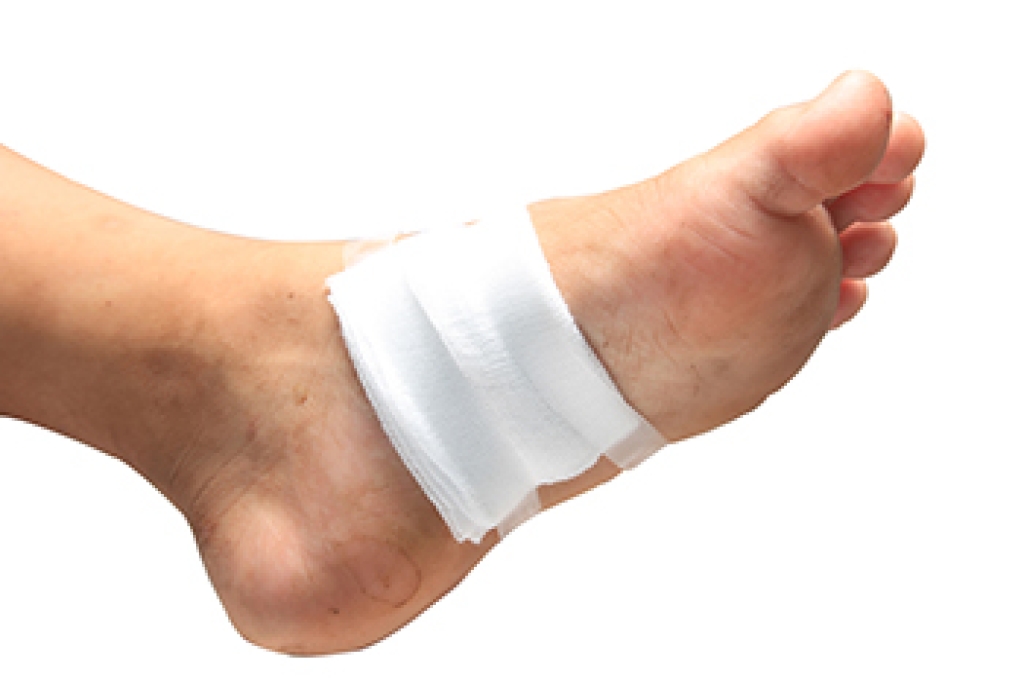
Aqua shoes are designed to keep your feet safe and comfortable in wet or slippery environments. Their flexible soles grip uneven surfaces, reducing the chance of slipping on rocks, pool decks, or boat ramps. The lightweight, quick-drying materials help prevent blisters and skin irritation while allowing your feet to breathe. Unlike walking barefoot, aqua shoes form a protective barrier against sharp objects, rough sand, or hidden debris beneath the water’s surface. They also limit exposure to bacteria and fungi often found in warm, damp areas like public showers or lakeshores. Because they fit securely without feeling heavy, they make moving through water or transitioning to dry land easier and more comfortable. If you develop foot irritation, cuts, or infections after spending time in or near water, it is suggested that you see a podiatrist for evaluation and appropriate care.
Ankle and foot injuries are common among athletes and in many sports. They can be caused by several problems and may be potentially serious. If you are feeling pain or think you were injured in a sporting event or when exercising, consult with one of our podiatrists from Brondon Foot and Ankle. Our doctors will assess your condition and provide you with quality foot and ankle treatment.
Common Injuries
The most common injuries that occur in sporting activities include:
- Achilles Tendonitis
- Achilles Tendon Rupture
- Ankle Sprains
- Broken Foot
- Plantar Fasciitis
- Stress Fractures
- Turf Toe
Symptoms
Symptoms vary depending upon the injury and in some cases, there may be no symptoms at all. However, in most cases, some form of symptom is experienced. Pain, aching, burning, bruising, tenderness, tightness or stiffness, sensation loss, difficulty moving, and swelling are the most common symptoms.
Treatment
Just as symptoms vary depending upon the injury, so do treatment options. A common treatment method is known as the RICE method. This method involves rest, applying ice, compression and elevating the afflicted foot or ankle. If the injury appears to be more serious, surgery might be required, such as arthroscopic or reconstructive surgery. Lastly, rehabilitation or therapy might be needed to gain full functionality in the afflicted area. Any discomfort experienced by an athlete must be evaluated by a licensed, reputable medical professional.
If you have any questions please contact our office located in Centerville, OH . We offer the newest diagnostic and treatment technologies for all your foot and ankle needs.




